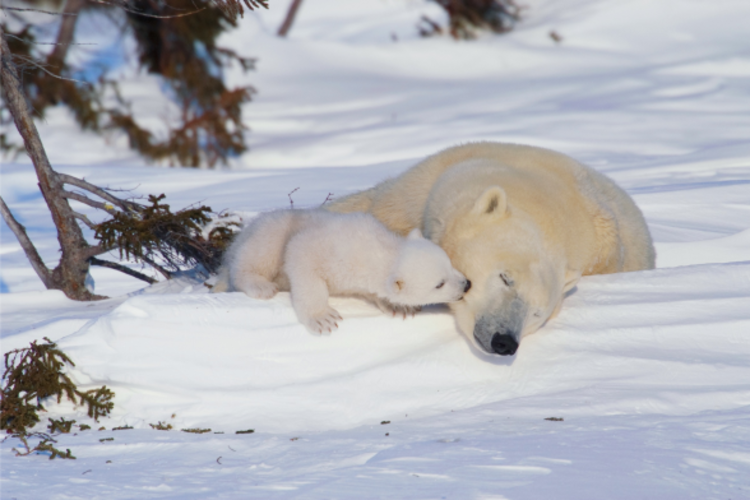Photo: Daniel J. Cox

Climate Actions—18+
We have a lot going on in our lives, but taking climate action is easier than you might think! Follow the links below to learn about great ways you can help protect polar bears and the planet. (Tip: Bookmark this page so you can come back to it each time you want to take action for polar bears.)
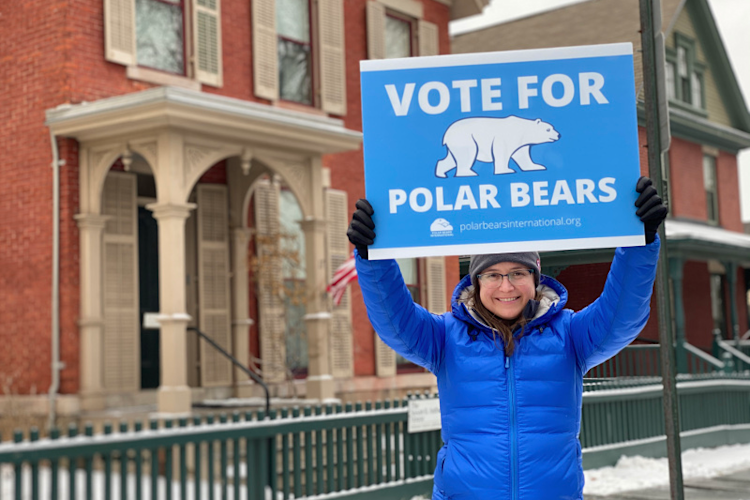
Photo: Devon Albeit Photography
Vote for Polar Bears
Voting for candidates that support climate action is the single biggest way you can help protect polar bears and the planet. Explore our resources for being an informed voter and making your voice count!
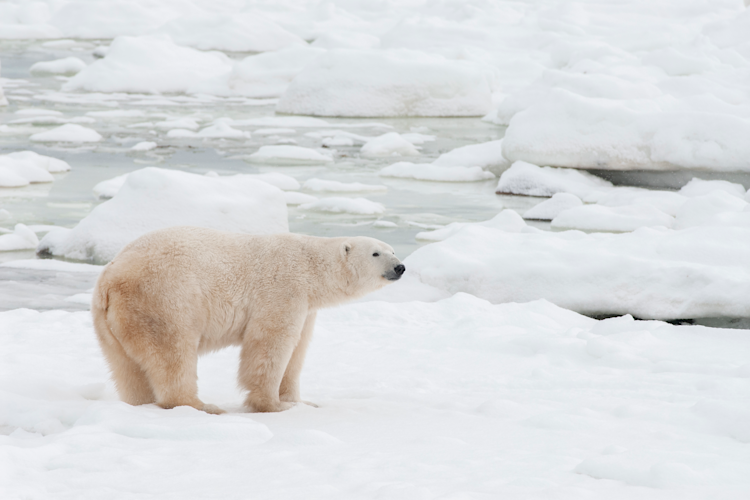
Photo: BJ Kirschhoffer / Polar Bears International
Polar Bear Advocacy
Elected officials want to know what you think! Whether it’s calling and writing your federal representatives or attending local events like city council meetings, you have the power to advocate for polar bears wherever you live.
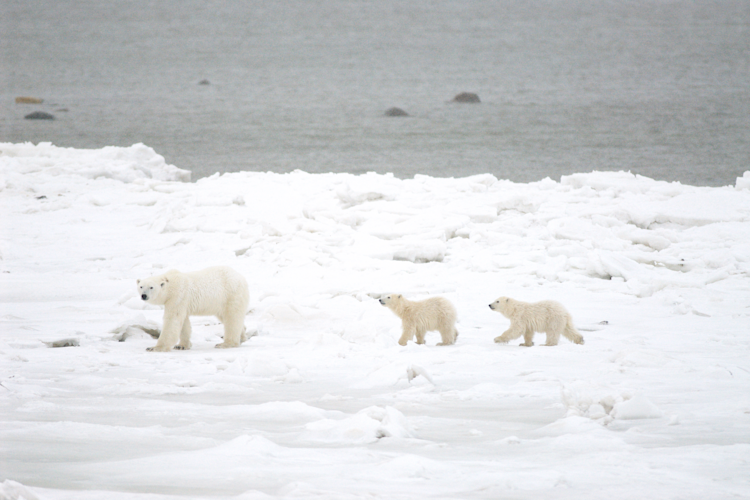
Photo: BJ Kirschhoffer / Polar Bears International
Talk About It
Did you know that talking about climate action with as many people as possible is one of the most powerful ways to take action for polar bears and the planet? Be an example in your communities by talking about the importance of reducing emissions and sharing all the great things you’re doing!
Photo: BJ Kirschhoffer / Polar Bears International

A Climate-Friendly Workplace
Making your workplace more sustainable is a great way to build positive climate change, especially if you’re in a leadership role. From office upgrades to tweaking operations and policies, there are many ways to build a climate-friendly workplace. Check out the options below to see what might be best for your organization!
Photo: Brian Ashworth / Unsplash
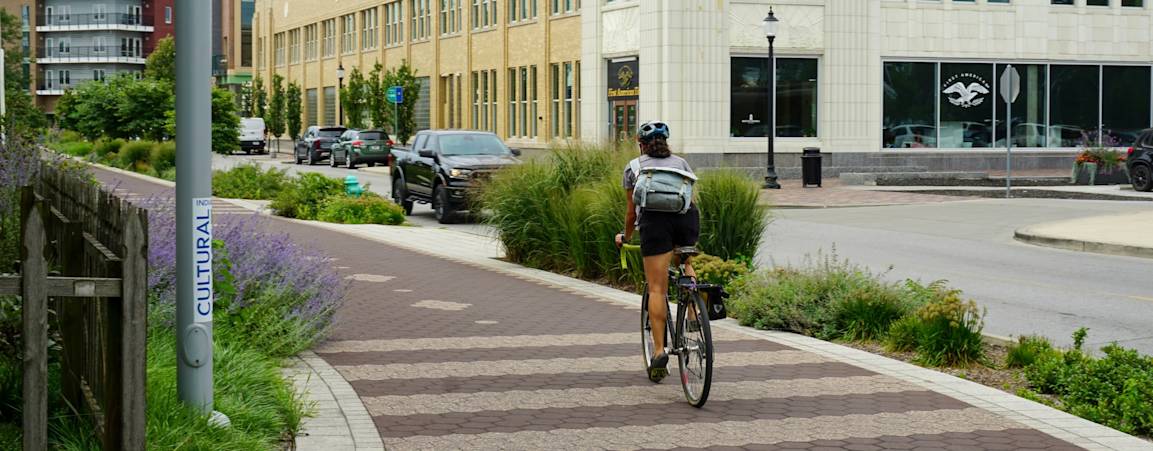
Act in Your Neighborhood
Our neighborhoods are our closest communities to home. And it turns out that there are many easy ways we can make our neighborhoods more climate-friendly.
If you're part of a Neighborhood Association or have another type of neighborhood association, then working directly with them is the best way to make change happen. If you don’t, look up who represents you on your city council or go directly to your city leaders and ask them to help turn your neighborhood into a more sustainable one.
The actions below are excellent ways to get started!
Photo: Ryan Jacobson / Unsplash
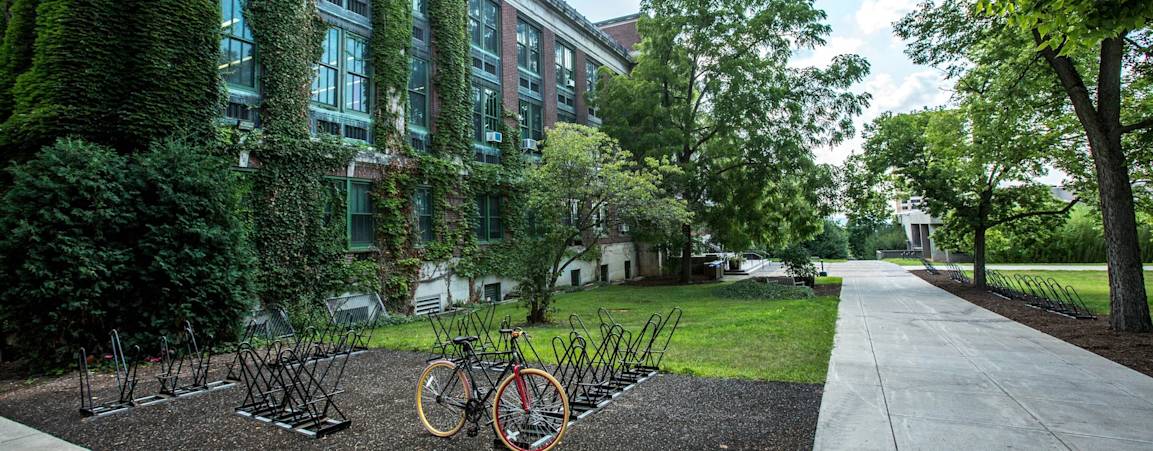
Climate Action at School
Whether you’re a student yourself or invested in the schools in your community, you can help encourage schools to take climate action.
If you’re a student, here’s a tip to get started: Learn more about school policies on student activism and make your voices heard. Share information, a petition, or flyers with more information in your school AND create a presentation on your experiences.
If you’re not a student, try talking directly to the administrators at your community’s schools or bring up climate action at a school board meeting.
Here are some places to get started:
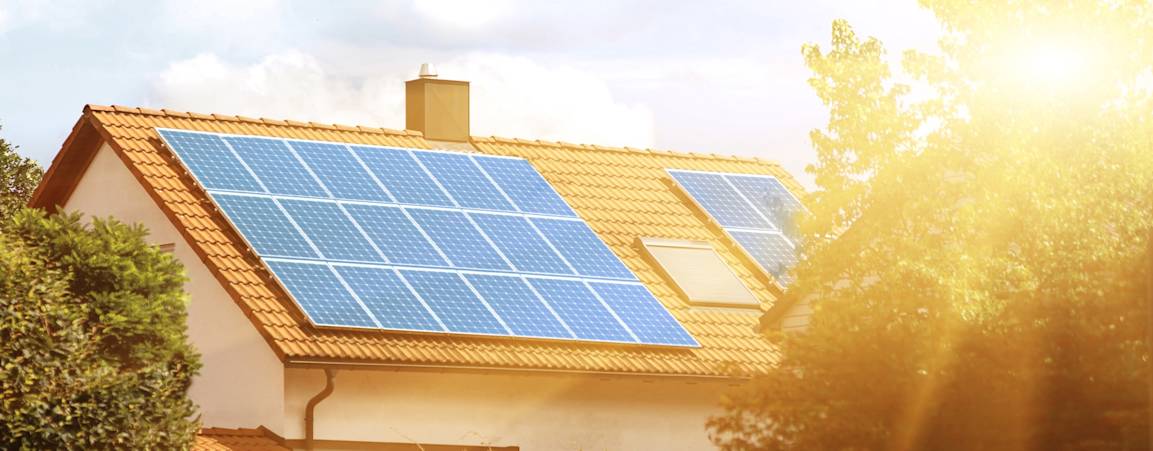
Make Your Home Climate-Friendly
— If you’re able to, try to run your home at least partially off of renewable energy. This can be done through Power Purchase Agreements, buying directly from renewable companies, or installing solar panels yourself. If you do so and live in the U.S., you might be eligible for tax credits. And once you do so, tell your friends and neighbors! The best way to make other people act is to show them how it’s done!
— Making your home more energy efficient can be simple yet impactful. Make sure all your appliances are EnergyStar certified, and consider following EnergyStar guidelines for an energy efficient home. One great way to do so is by installing heat pumps to more efficiently regulate your home’s temperature.
— Switch from a gas stove or heater to an electric stove or heater.
— Find out if your city offers composting programs that are free or of an affordable price point for your household. Alternatively, consider if backyard composting could be a viable solution for your household.
— Limit your meat consumption—most importantly beef—and increase the number of fruits and vegetables you eat. When you do eat meat and fish, make efforts to buy them from sustainable sources.
— Reduce your consumption overall—from clothes to homeware to electronics. Before buying something new, consider second-hand and refurbished options. Get creative about how you can repurpose or reuse what you already have. If you need to buy something new, research companies with strong sustainability practices and shop locally whenever it’s feasible.
— Make climate change a regular topic of conversation in your household.
Photo: Anne Nygard / Unsplash

Climate-Smart Finances
Whether you’re just starting out on your financial journey or have been investing for years, you can make your dollars speak for polar bears and the planet.
Divesting from oil and gas companies is a powerful way to make your voice heard through action. Our planet needs to rapidly move away from fossil fuels and removing investments from oil and gas companies helps market forces shift towards renewable energy. TIP: Your investments might be supporting fossil fuels without you knowing! Mutual funds and other aggregated investments might include companies that support fossil fuels. Make sure to research each company in which you’re investing.
Green investing is the other side of the coin. Supporting companies that advance renewable energy and other climate-positive industries helps ensure our economy grows in a sustainable way. Check out things like green mutual funds and other tools along with investing in individual companies yourself.
Additionally, consider using community credit unions or eco-friendly banks for your daily banking needs, as they are often arranged to support local communities and larger sustainability goals.
Need a place to start? Explore the resources below:
— What is Climate Investing?
— Carbon Collective’s Sustainable Investing Guide
— Find a Green Bank
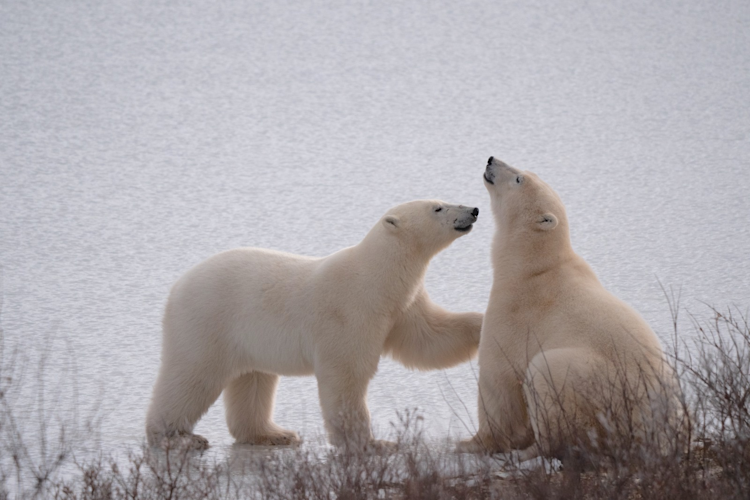
Photo: BJ Kirschhoffer / Polar Bears International
Become a Teacher
Do the adults in your life know where the energy in your home or school comes from? Do they know that composting can help the planet by reducing emissions from food waste? What about different energy-efficient appliances like refrigerators and dishwashers? Or how important it is that they vote for candidates that support climate action?
Well, YOU can teach them how by encouraging them to find out! Then, visit the Take Action and Education Center parts of our website to learn more about ways everyone can take climate action and learn more about polar bears and the sea ice they depend on.
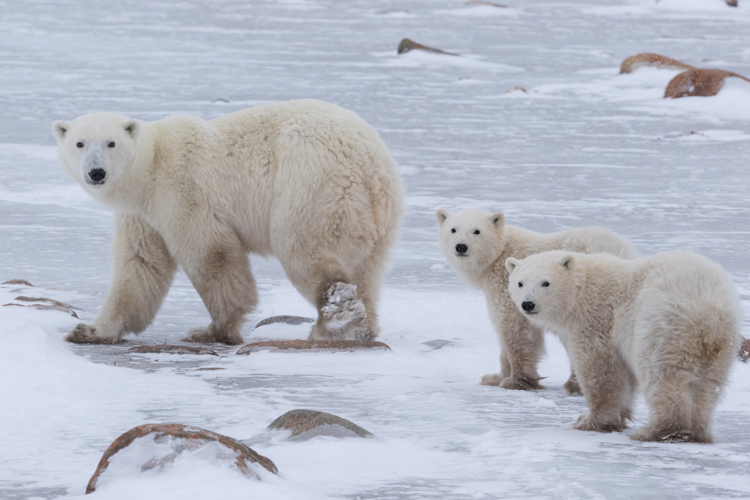
Photo: Dmytro Cherkasov / Polar Bears International
Become a Mentor
Help younger generations become active community members! Policies have intergenerational impacts and deserve intergenerational engagement.
Talk with young people about what it means to contribute to society, the importance of voting, and solutions that support a healthy climate and a future with polar bears. Encourage young people to learn about school policies and student activism and to share their ideas with their peers, parents, teachers, and administrators.
Can you help them write letters to elected officials? Or brainstorm ways to make their schools more climate-friendly? See what they’re most passionate about and support them in reaching their ambitions.
Additionally, you can help young people navigate difficult feelings surrounding current environmental and social issues. Climate warming and the loss of treasured wildlife are painful realities to face—that pain can be a generator of great strength if we allow ourselves to feel it and come together as an intergenerational community to seek solutions.
Photo: Kt Miller / Polar Bears International
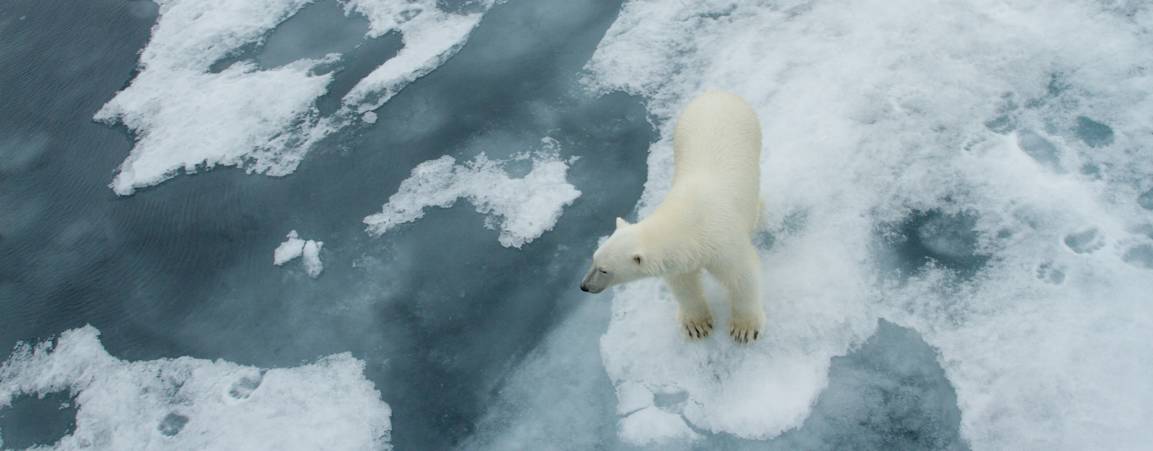
Create Your Own Content
Make your voice heard and speak on behalf of polar bears! Spreading the word about climate action is crucial for bringing more people into the fight to protect polar bears and the planet.
